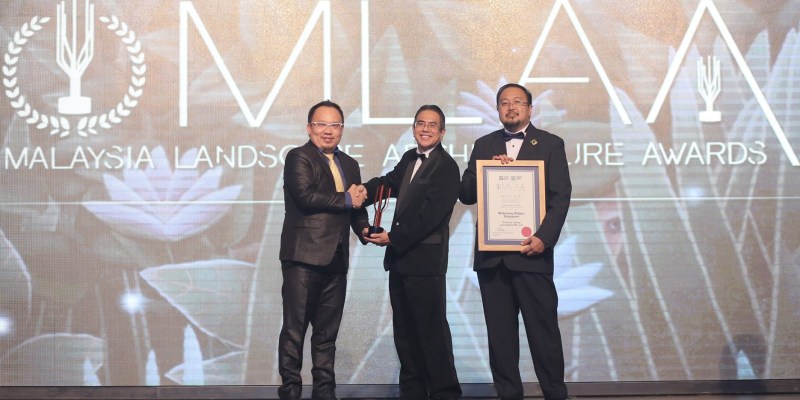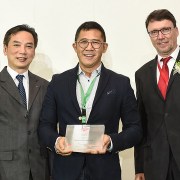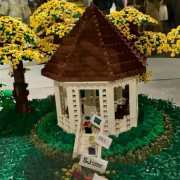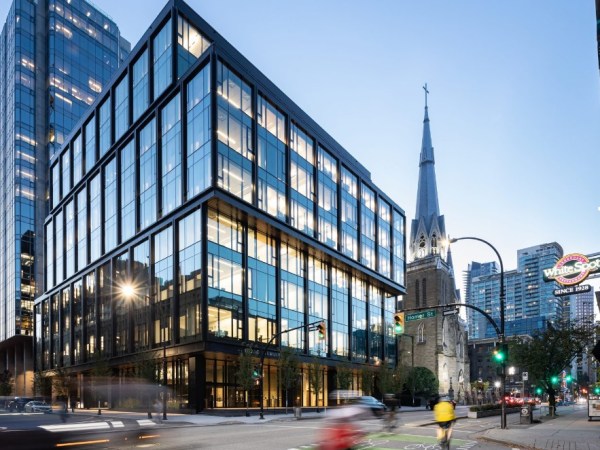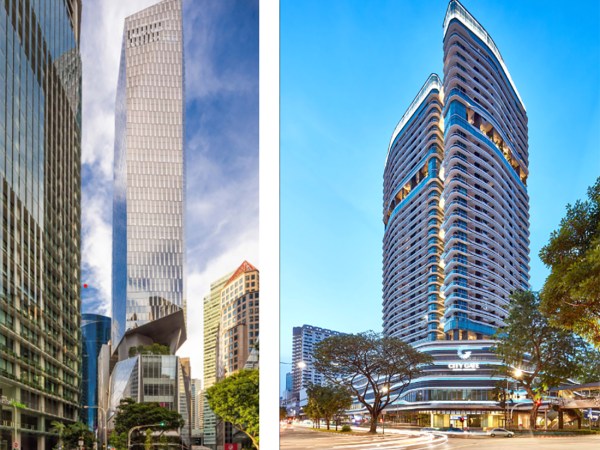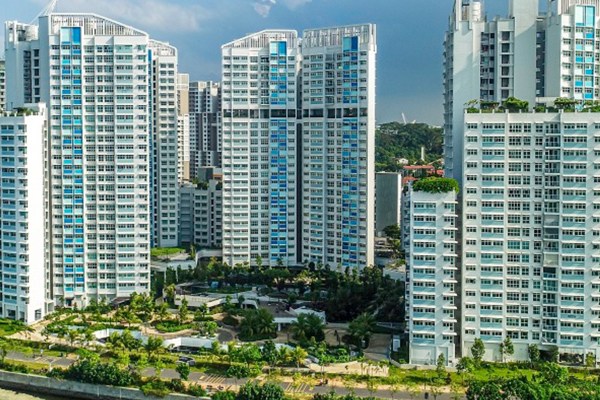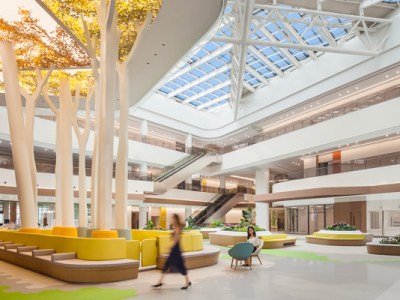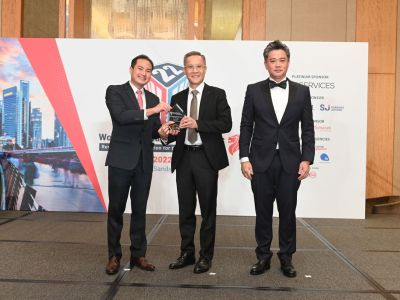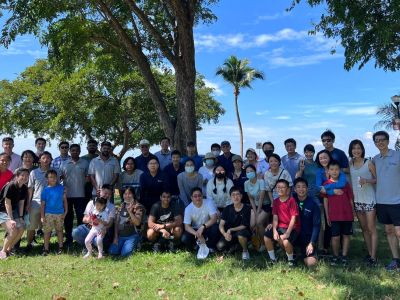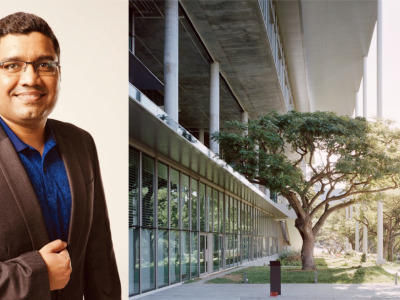Surbana Jurong’s Oliver Ng (left), receiving the Honour Award – International Project on behalf of the Landscape team for the outstanding design of Waterway Ridges.
Singapore’s Landscape team (Urban Development 1) recently bagged an award at the Malaysia Landscape Architecture Awards (MLAA). Waterway Ridges, a build-to-order public housing project in Singapore won the “Honour Award – International Project” category in the annual design and planning competition which is organised by the Institute of Landscape Architects Malaysia.
We caught up with Oliver Ng, Deputy Landscape Director, to find out more about the award-winning project.
Q: What makes the Waterway Ridges project distinctive?
Waterway Ridges is located on the northern bank of the picturesque Punggol Waterway, in northeast Singapore. The buildings and landscape were inspired by “山水画” or Chinese landscape paintings. The development was designed at varying heights to mimic mountain ranges. We wanted to create an immersive environment where nature and built form intertwine to provide residents with beautiful homes by the water.
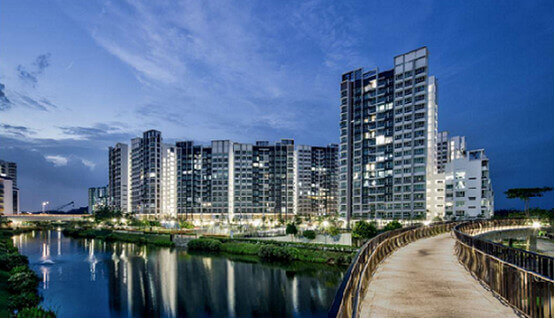
Waterway Ridges is Singapore’s first public housing development with a large-scale integration of water-sensitive design elements.
Because of its location, Waterway Ridges is part of a joint effort by Singapore’s national Housing Development Board and the national water agency, the Public Utilities Board to create a sustainable network of active, beautiful and clean waters. It is Singapore’s first public housing development to adopt the water-sensitive urban design approach on a large scale. It features bioswales, bioretention ponds, and other water-sensitive urban design techniques. These environment-friendly techniques not only improve water quality but also enhance the biodiversity and aesthetics of the surroundings.
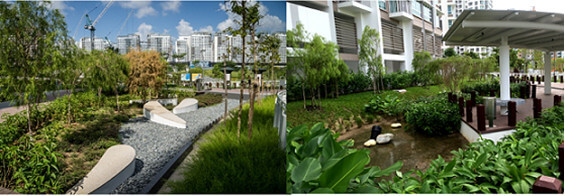
Design features include vegetated swales and bioretention basins to improve the quality of rainwater runoff entering the drain. The designs were adapted to the existing terrain of the site in order for the landscaping instead of concrete drains to be seen.
Q: What challenges did the team face?
The project site has a challenging terrain which we turned into an advantage. By placing short retaining walls within the site, we transformed the area into a beautifully terraced landscape with a lookout platform for residents to enjoy spectacular views of Punggol Waterway. These walls carve out smooth curves in the landscape, creating unique spaces. To provide residents with barrier-free access, we designed an elevated ramp to help them manage the steep steps.
Q: What does the achievement mean to the Landscape team?
Globally, there is a paradigm shift in the way environmental resources and water infrastructure can be integrated with landscape design in the planning and design of towns and cities. Combining water resources with landscape design will have an impact on biodiversity and the community. The success of this project has opened possibilities, and we can certainly tap into the growing global market demand for such design solutions.


